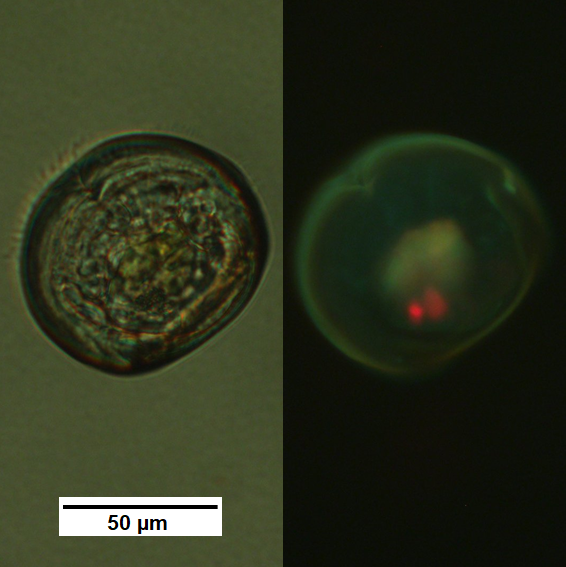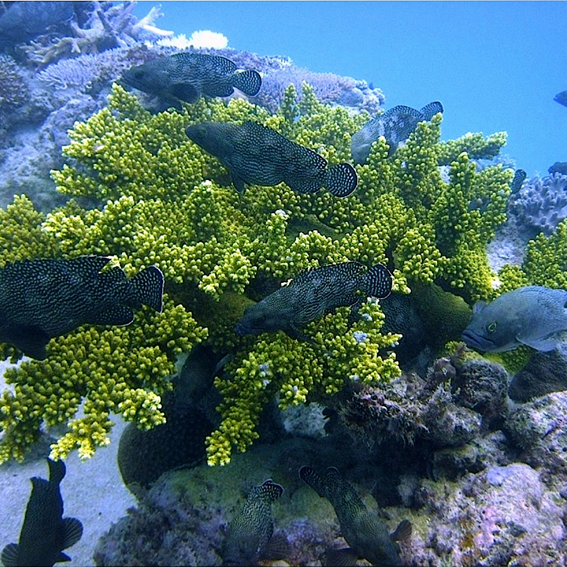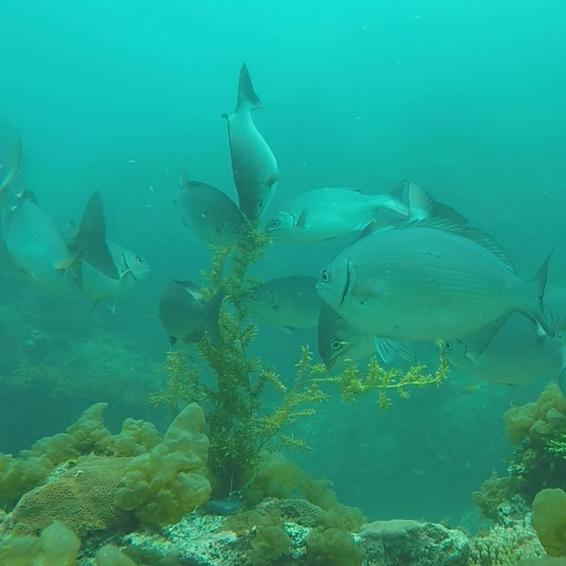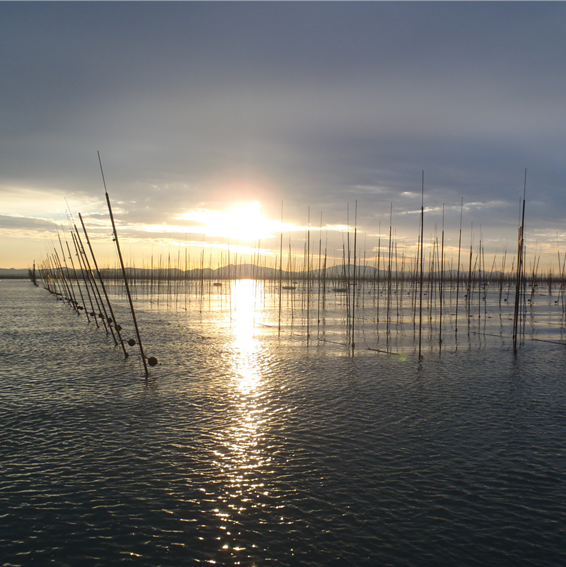Coastal and Inland Fisheries Ecosystems Division
The Coastal and Inland Fisheries Ecosystems Division conducts research and development to support fisheries through stock enhancement and aquaculture in coastal and inland waters. To realize sustainable fisheries, it is important to understand the underlying mechanisms of the support biological processes of fisheries resources. However, coastal and inland ecosystems are complex environments that are susceptible to influence by local anthropogenic activities in addition to global climate change. Therefore, this division conducts research in a wide range of areas including fisheries resources dynamics in relation to environmental changes, the development of environmental restoration and creation techniques, and the promotion of fisheries stock enhancement and aquaculture. Thus, the division aims to contribute to the sustainable development of coastal and inland fisheries by generating and disseminating scientific outputs to fishers and local research institutes.
The Coastal and Inland Fisheries Ecosystems Division comprises the following seven research groups.
Subarctic Coastal Research Group
This group conducts research on the effects of environmental changes such as rising seawater temperature, benthic organisms in seaweed beds, and salmon fry to explore adaptive measures for sustainable fisheries, mainly in the Sanriku Coast ecosystems in northern Japan.
Temperate Coastal Research Group 1
This group probes the structure and mechanisms of biological production and ecosystems in shallow coastal areas (i.e., rocky reefs, tidal flats, sandy beaches, inner bays, and estuaries) in temperate regions by monitoring the marine environment, including seawater temperature, salinity, and dissolved nutrients. The dynamics of important fisheries resources are also studied to better understand the interactions between fisheries organisms and the marine environment.
Temperate Coastal Research Group 2
This group researches changes in seaweed beds due to rising seawater temperature, techniques for creating seaweed beds by elucidating the ecology of sea urchins and herbivorous fish, and genetic conservation and selective breeding of laver, mainly in coastal areas in Kyushu and the Sea of Japan.
Subtropical Coastal Research Group
This group researches the environments of fishing grounds in subtropical coastal waters as well as the management and conservation of subtropical coastal ecosystems. Specifically, the group conducts ecological and physiological studies on the restoration of coral reef habitats and the sustainable use of fisheries resources such as groupers, parrotfishes, sea cucumbers, sea urchins, and giant clams.
Inland Fisheries Research Group
This group conducts research and development related to inland fisheries resources and ground management, including stocking, aquaculture, physiology, ecology, ecosystem, population genetics, measures against fish predation by exotic fish and cormorants, measures against environmental changes due to climate change and radiation in eastern Japan, and improved management of fishery cooperatives to promote inland fisheries, recreational fishing, and environmental conservation.
Ariake Sea-Yatsushiro Bays Research Group
This group aims to restore fisheries production and conserve fisheries environments by understanding the outbreak mechanisms of red tide and hypoxia in coastal waters along with countermeasures, elucidating the causes of the drastic decline in bivalve resources, and developing stock-enhancement techniques in collaboration with local government research institutes of the five prefectures facing Ariake and Yatsushiro Bays.
Coastal Productivity Research Group
This group evaluates the effects of climate change and anthropogenic activities on ecosystems and the biological production of fisheries resources by understanding the habitats and productivity of aquatic resources such as fishes,mollusks, crustaceans, and seaweeds. The research and development are also conducted focusing on environmental mitigation.

Ingestion of a cultured phytoplankton cell (red dot) segregated from Hiroshima Bay by Pacific oyster larva

Spawning aggregation of white-streaked grouper

Herbivorous southern drummer feeding
on hijiki seaweed artificially deployed on barren ground

Laver aquaculture ground in Ariake Sound


